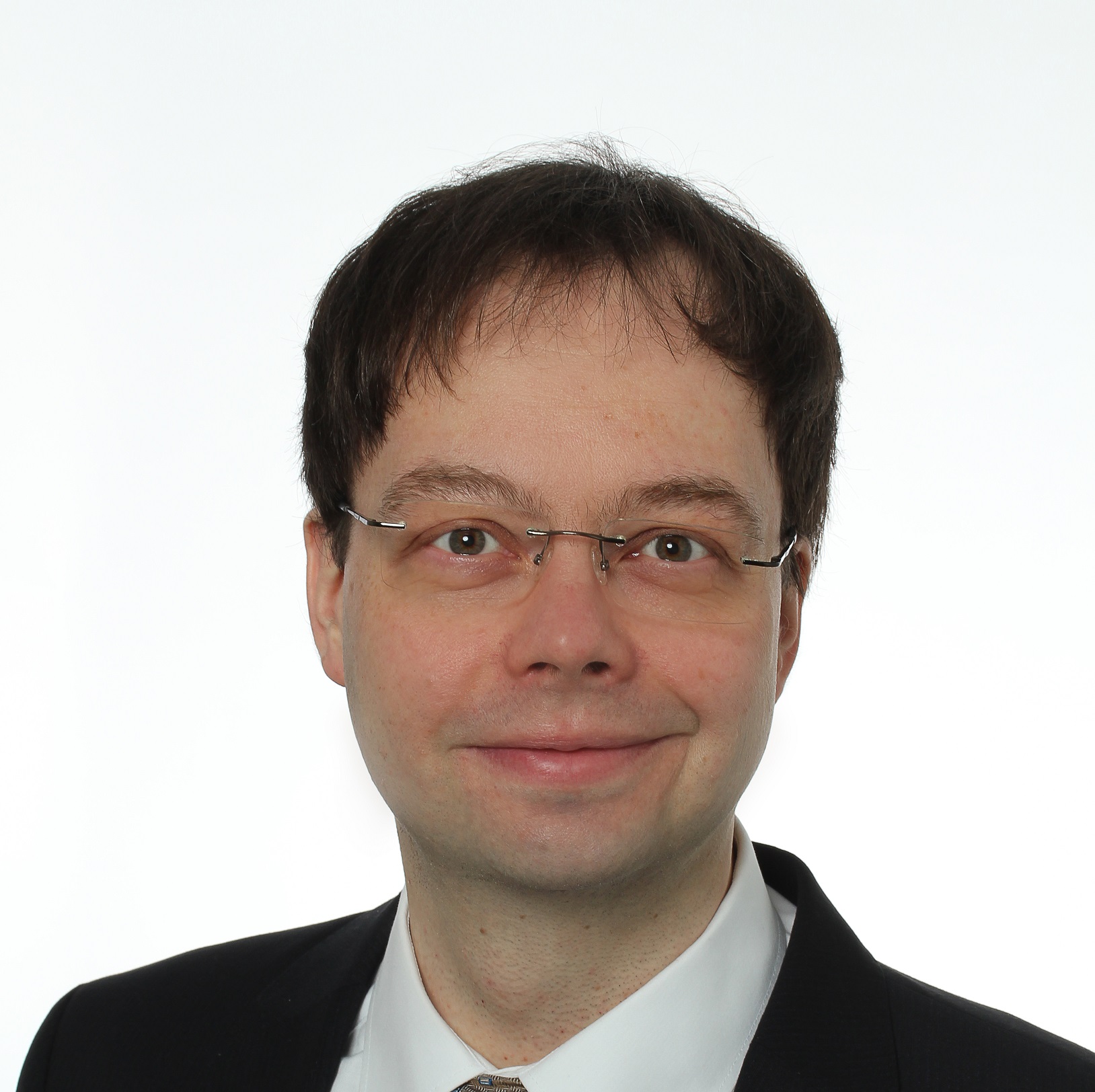25.04.2022
An increasingly complex world generates more interdependencies and more complex risks
At Munich Re, Andreas Nawroth and his team are looking for ways to apply quantum technology to carry out modern risk identification, calculation and hedging. This is how they are working to make Germany a pioneer in quantum technology – and provide companies with even smarter ways to guard against losses in the future.

Andreas Nawroth, Leading Expert at Munich Re
A complex and global world
Climate change, global supply chains, a pandemic, new technologies: our world is becoming increasingly complex. More and more significant risks are no longer local in scope, but affect the whole world. Moreover, they are not stable and are constantly evolving. Early detection and calculation of such risks is therefore increasingly important, but today’s methods are often not sufficient to grasp them precisely. Here are just three examples:
Climate: extreme weather events such as the flood of the century in July 2021 endanger the lives and livelihoods of many people and cause billions of dollars’ worth of economic damages. Climate change spawns extreme weather events that used to be much rarer or completely unheard of. Although climate models exist to predict global temperature trends and other parameters, their accuracy and granularity are currently not good enough to pinpoint individual buildings’ vulnerability to flooding.
Supply chains: in March 2021, the container ship Ever Given ran aground in the Suez Canal. It blocked the canal to shipping for six days. More than 300 ships were held up at the canal, which normally sees 9.6 billion US dollars’ worth of goods pass through every day. Optimizing the global flow of goods is a highly complex endeavour and cannot be performed with today’s computer technology. Nor can precise probabilities be calculated to map the safest routes a shipping cargo can take.
Pandemics: COVID-19 was first identified in December 2019. Subsequently, the virus spread rapidly worldwide. The resultant pandemic has not only been a severe blow to life and limb for many people, but has also stoked global unemployment, reduced economic output, and left the future of industries like tourism and restaurants in the balance. Modelling the spread of the virus is highly complex and, once again, it is currently impossible to assign exact probabilities to different scenarios.
For all three types of risk – climate change, supply chains and pandemics – the complex mix of risk factors can be described in principle, but is currently difficult to quantify. For insurance companies, on the other hand, it is essential to be able to predict and understand risks accurately. Only in this way can they be hedged against, and consequences mitigated for the individual.
The quantum promise
“Calculating loss probabilities is actually not a new problem,” explains Andreas Nawroth of Munich Re, one of the world’s leading reinsurers. The classic approach has been to look at records of past losses and use this historical data to calculate the average loss per year and the probability of an extreme loss event. But our world is changing faster today than in the past. Climate change, new technology developments, and distant places that are becoming quickly and easily accessible are just some of the reasons.
Andreas Nawroth and his team are interested in how quantum computers can help calculate complex loss and damage probabilities. They make use not just of historical data but also of simulations. Simulating future scenarios allows for the calculation of potential losses that can ensue from them. “Quantum computers were almost born to simulate different future scenarios,” explains Nawroth. This is because unlike conventional computers, which can only calculate various scenarios sequentially (one after another), quantum computers are able to consider many possible scenarios at the same time. “This can drastically reduce the computing time needed to solve them.”
The physics behind how this works is complex. It boils down to the difference between classical bits and so-called qubits that quantum computers work with. Qubits have a unique ability: as if linked by an invisible ribbon, they are ‘entangled’ and in constant communication with each other. Each ‘knows’ the states of the others. With the help of the right algorithm, entangled qubits can be processed simultaneously. This parallel processing ability is what makes a critical difference with quantum computing. The more qubits are entangled with each other, the more scenarios can be processed in parallel. And these potential scenarios are precisely what enables a reinsurer to better assess future risks.
Clear goal, long way to get there
Together with around ten colleagues, Andreas Nawroth has been dedicating himself since 2020 to quantum computing and how it can be applied to reinsurance. The first step is to build up expertise: what knowledge does the organisation need, where does expertise need growing (such as in programming languages), and what stance should the company take when it comes to resourcing it with staff? Over and above these, Nawroth’s team identifies ways to better understand risks and offer new products for the ones that were previously uninsurable.
This new approach to risk calculation is particularly promising when it comes to new technologies. If there is insurability for cyberattacks, IOT services and artificial intelligence, this will embolden companies to deploy cutting-edge technologies earlier and avoid or hedge against potential risks associated with their adoption.
Nawroth sees great benefits all round when it comes to working with the Quantum Technology and Application Consortium (QUTAC) and the potential for cooperation with its other German members: “instead of each working in isolation, we network and reach our goal faster.”
Picture © Munich Re